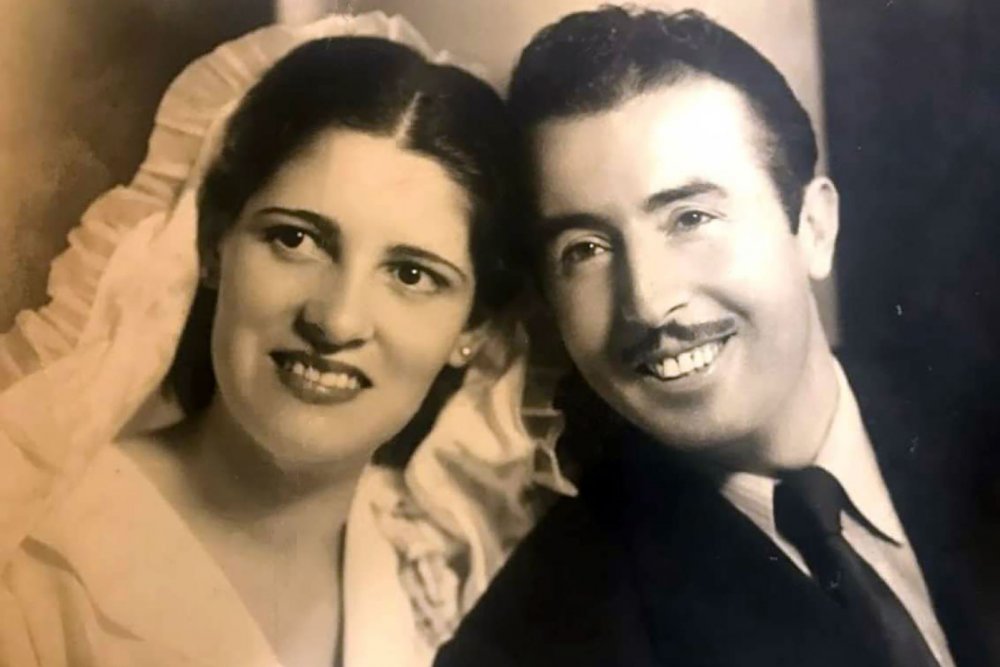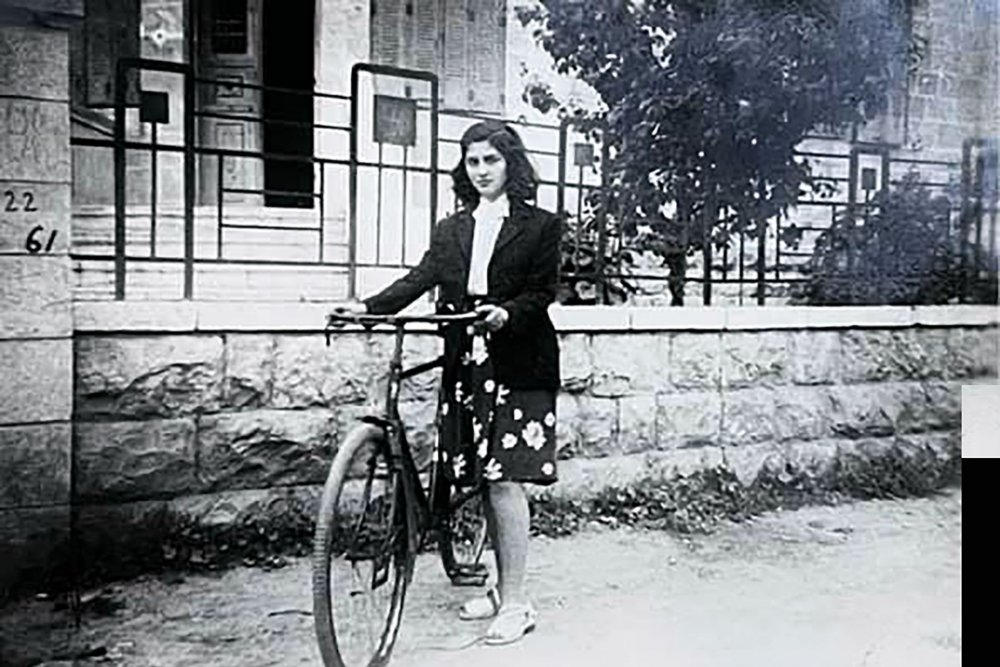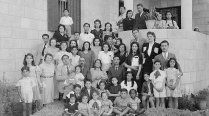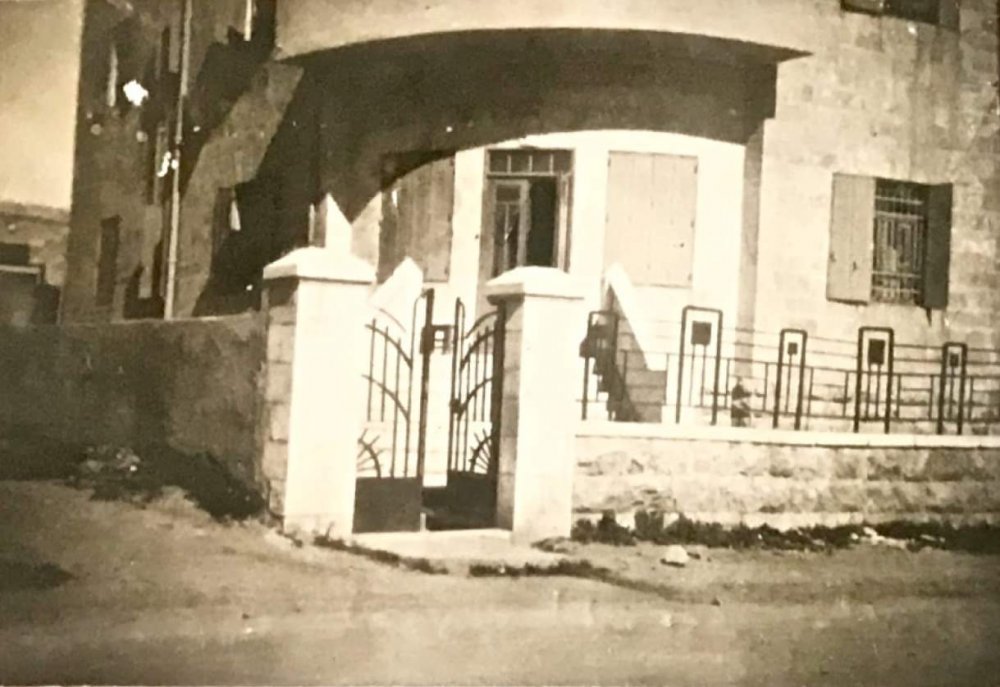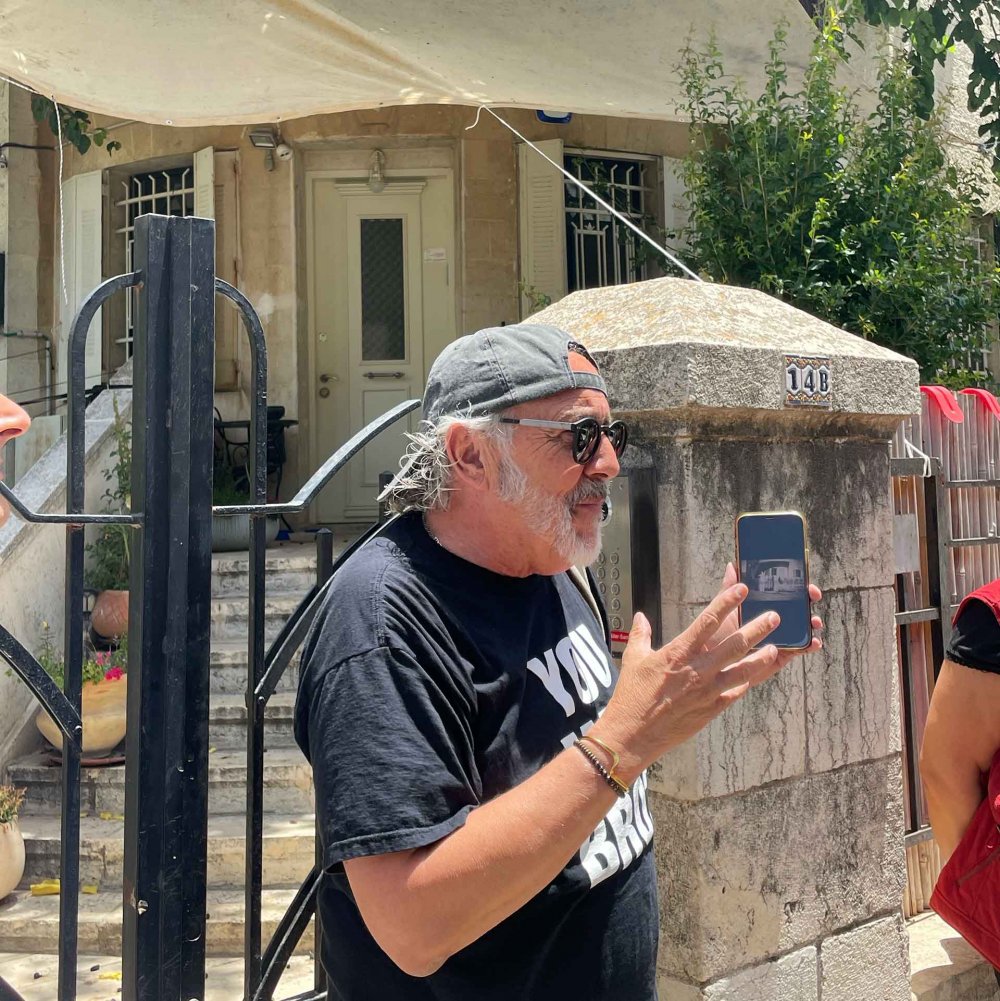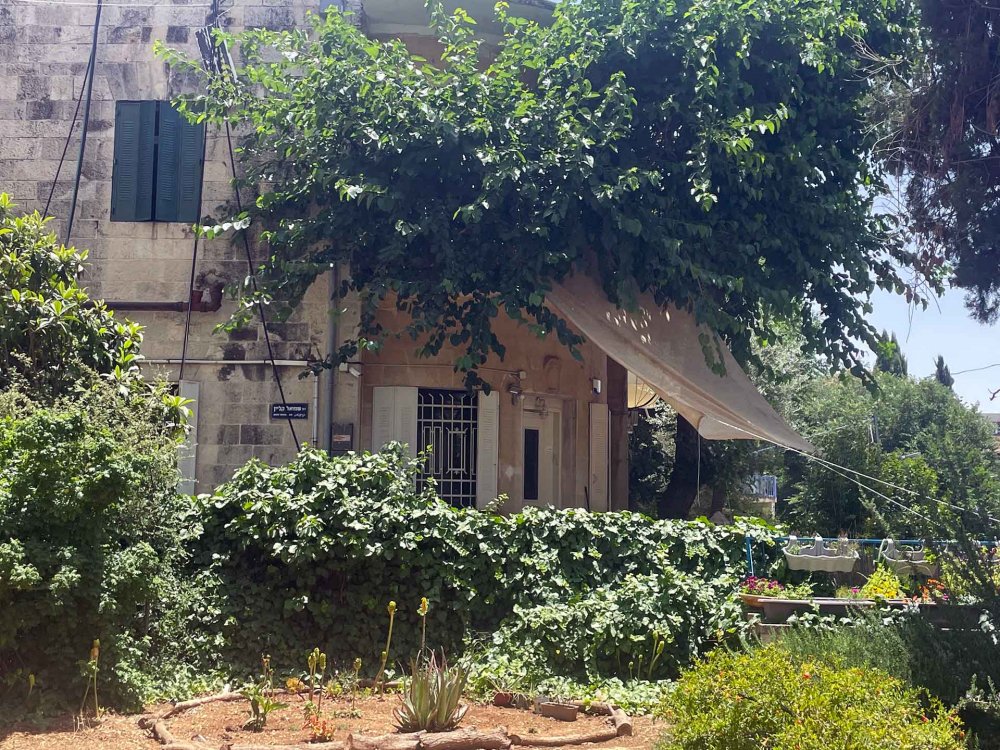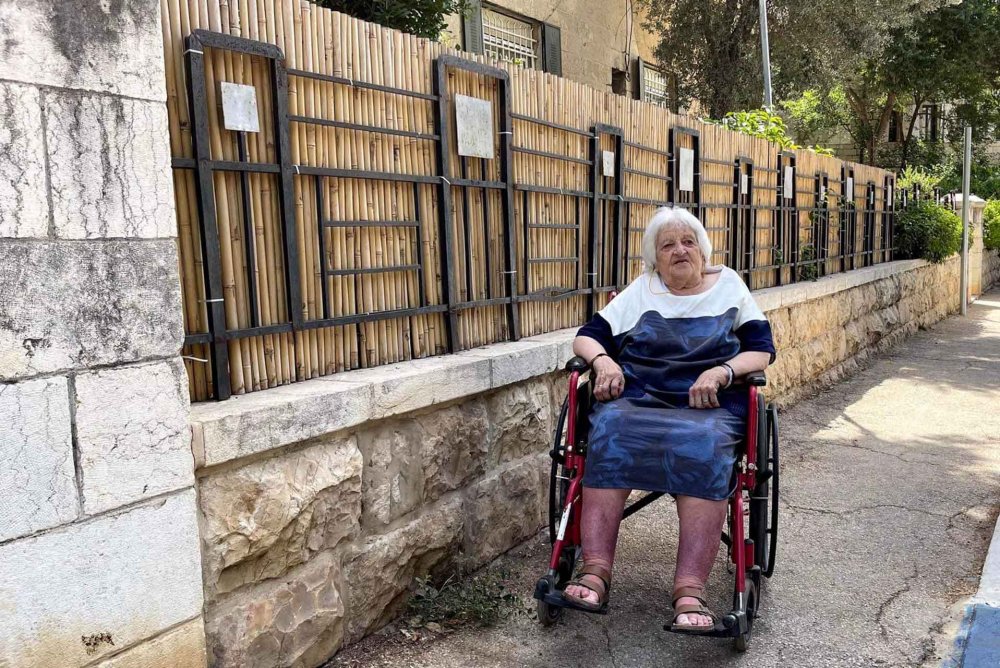Mounir Kleibo is a well-known Jerusalemite Palestinian. He was the Special Representative of the International Labor Organization (ILO) Office in Jerusalem and had various high-level positions at the United Nations Development Program (UNDP) and the Ministry of Finance in the Palestinian Authority. These days, he invests his energy on photography, a skill he mastered and for which he has gained recognition.
But perhaps more important to Kleibo than all his impressive achievements is his passionate identification as the proud son of Abla Dajani Daoudi, who passed away in December 2022 (from COVID-19) at the age of 93. He describes his mother as an exceptional woman.
Kleibo feels the pain that his mother carried throughout her life when she lost her family home in 1948. “Imagine how difficult it was for my mother to not be able to water her trees anymore,” he reflects. Whenever she visited the neighborhood of Lower Baq‘a, he explains, she would instinctively and automatically go to the trees. “She would gently look after the plants. Sometimes, she would pick up some small leaves and carry them with her.”1
Kleibo’s words convey what is often heard when Palestinian Jerusalemites (and Palestinians generally) describe the loss of their houses during the Nakba: the anguish goes far beyond the actual stone structure, and these feelings do not fade over time. After the 1948 War, which in and of itself was traumatic, individuals and families found themselves forcibly displaced from their lands, homes, communities, and, in many cases, city and country (see The West Side Story, Part 4: The Erasure of the New City and Its Transformation into Jewish West Jerusalem). In Kleibo’s case, the family moved temporarily for safety to Egypt for a number of years, then back to the Jordanian side of the city, where Kleibo was born in the Sheikh Jarrah neighborhood in 1960 and educated at the Collège des Frères in the Old City.
Kleibo describes the strong physical attachment his mother retained for her garden—the olive and lemon trees and the flowers. For Abla, the mere sight of her trees instilled a deep sense of grief. She considered them a part of her; in her view, they would always remain connected.
Kleibo also feels connected to the architecture and infrastructure of Lower Baq‘a, an area with which he is very familiar. “I would’ve trimmed those trees differently,” Kleibo remarks, while walking through the neighborhood. “I would have worked with natural light so that those sitting inside the homes would see the beautiful landscape, rather than live on artificial light.”


